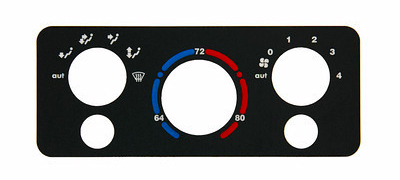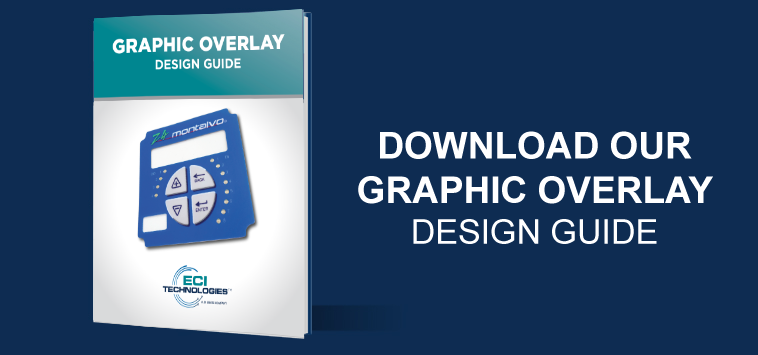Recognizing Exactly How Graphic Overlays Work to Boost Your Imaginative Jobs
Graphic overlays work as an essential component in the world of innovative projects, improving both visual interaction and target market engagement. By recognizing their capability and prospective applications, one can effectively raise not just the aesthetic allure but also the clearness of complicated info. The effective integration of these overlays requires cautious factor to consider of style concepts and objectives. As we discover the different kinds and best methods, it comes to be evident that the ideal strategy can substantially affect job end results, leaving us to consider just how to harness these tools for maximum effect.
What Are Graphic Overlays?
Graphic overlays are visual components that are positioned on top of a base image or interface to enhance communication and individual experience. They offer numerous objectives, consisting of giving extra info, assisting individual communication, and enhancing visual allure. Usual applications of visuals overlays can be located in electronic user interfaces, marketing, and instructional products.

Graphic overlays are frequently created using design software, allowing designers to adjust openness, dimension, and color to accomplish the wanted impact. They can be fixed or dynamic, with computer animations that draw the customer's eye and enhance involvement. The strategic use graphic overlays not just boosts visual power structure yet additionally aids in supplying a clear and systematic message. Comprehending just how to effectively execute graphic overlays is critical for designers aiming to raise their imaginative jobs.

Advantages of Utilizing Graphic Overlays
Using graphic overlays can substantially improve the effectiveness of aesthetic communication throughout different mediums. One of the key advantages is the capability to convey complex details succinctly. By layering graphics, message, and images, overlays promote the discussion of data in an extra absorbable style, making it much easier for target markets to understand essential principles swiftly.
Furthermore, graphic overlays can increase aesthetic charm, drawing interest to particular aspects within a design. This is specifically helpful in marketing and advertising and marketing, where capturing the viewer's passion is critical. The critical use shades, shapes, and typography in overlays can develop a cohesive and interesting visual narrative, improving brand name recognition.
In addition, graphic overlays provide adaptability in design. They enable makers to adapt material for different systems without going back to square one, ensuring consistency throughout numerous networks. This versatility is important in today's electronic landscape, where web content should be enhanced for varied devices and formats.
Sorts Of Graphic Overlays
When thinking about the different sorts of visuals overlays, it is necessary to identify their diverse applications across different industries. Graphic overlays can be categorized mostly into 3 types: functional, ornamental, and informative.
Useful overlays are made to improve the usability of an item. Commonly discovered in digital gadgets, these overlays often provide responsive responses via elevated switches or distinctive surface areas, boosting customer communication. They web can additionally work as a safety layer, guarding the underlying parts from damage.
Attractive overlays concentrate on visual improvement, permitting brand names to reveal their identification with lively styles and custom-made graphics. These overlays prevail in packaging, marketing, and point-of-sale materials, where visual appeal is crucial for bring in consumers.
Informative overlays, on the other hand, are used to share crucial data or directions. They can be seen in applications such as signs, customer handbooks, and instructional graphics, where quality and readability are vital.
Each sort of graphic overlay offers a distinct purpose, adding to the overall performance of imaginative projects while addressing certain needs within numerous industries. Understanding these differences is vital for choosing the right overlay for your job.
Ideal Practices for Application
To make sure the effective implementation of graphic overlays, it is critical to develop a clear understanding of the project's objectives and the particular needs of the end-users. Begin by performing extensive study to recognize the target market and their preferences, as this will certainly notify style options and capability.
Following, produce an in-depth strategy that lays out the overlay's design, combination, and purpose process. This plan should consist of customer interface factors to consider, guaranteeing that overlays improve instead of obstruct the user experience - Graphic Overlays. Maintain and take into consideration the look at this web-site visual pecking order consistency in layout elements, such as shade symbols, plans, and fonts, to advertise brand comprehensibility
Checking is vital; gather comments from a depictive sample of customers to identify prospective issues and locations for improvement. Iterate on the layout based on customer input and performance information. Additionally, make sure compatibility across different tools and platforms to take full advantage of accessibility.
Devices for Developing Overlays
Creating reliable graphic overlays needs the right devices to convert design ideas right into functional applications. Various software application and systems are available, each tailored to certain needs and skill levels.
Adobe Photoshop and Illustrator are market criteria, offering comprehensive page capacities for creating and manipulating overlays. These tools supply innovative attributes such as layer management, blending modes, and vector graphics, allowing designers to produce complex and high-quality overlays.
For those looking for an extra straightforward strategy, Canva and Figma are excellent alternatives (Graphic Overlays). Canva's intuitive interface allows users to develop overlays quickly utilizing pre-designed layouts, while Figma assists in joint layout in real-time, making it suitable for groups
In addition, open-source choices like GIMP and Inkscape supply robust performances without the connected costs of exclusive software program. These devices enable adaptability in layout and can fit different file layouts, making certain compatibility across different systems.

Conclusion
In verdict, visuals overlays offer as powerful devices for enhancing innovative tasks by giving visual clearness, visual appeal, and brand uniformity. By understanding the essential concepts and benefits associated with graphic overlays, makers can considerably boost the quality and efficiency of their visual interactions.
Graphic overlays offer as a critical part in the realm of innovative jobs, boosting both aesthetic interaction and target market interaction.Graphic overlays are commonly developed making use of style software application, enabling designers to control dimension, shade, and openness to attain the preferred impact.Additionally, graphic overlays can improve aesthetic charm, drawing attention to particular components within a design.Additionally, visuals overlays offer versatility in style.In verdict, graphic overlays offer as powerful devices for enhancing creative jobs by supplying aesthetic quality, aesthetic appeal, and brand uniformity.